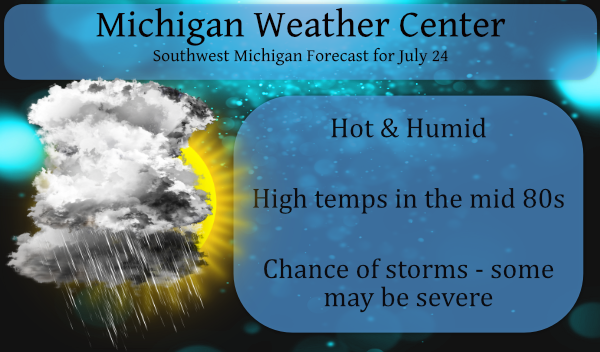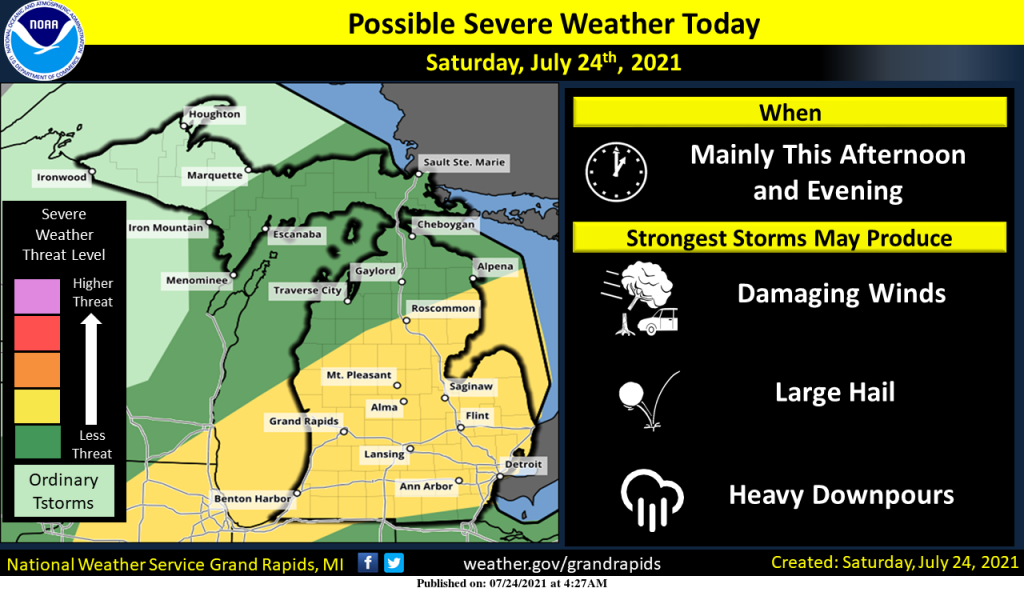History of heating part one
Last week I looked at the history of cooling and this week I will take a look at the history of heating. While cooling has mostly been a newer invention the history of heating is much longer and will take up several post. In retrospect it looks like in history keeping warm was more important then keeping cool and of course the cooking of food.
Early central heating seems to have developed along several lines that included hearths and fireplaces, stoves, and underfloor systems. Fixed central hearths date as far back as 2500 B.C. They were excavated in Greece.
Crude fireplace heating was used as early as the 800s A.D., and was widespread in Europe by the 13th century. Castles built at that time had fireplaces that had a short flue to the outside, a crude form of chimney. All of the early fireplaces were constructed entirely of stone, but casting technology improvements led to the introduction of cast iron firebacks designed to protect the stone from direct fire heat.
Louis Savot of France invented the raised grate and designed a circulating fireplace in the early 1600s. Savot used a hollow iron bottom and back in the hearth, through which cold room air entered at the bottom, was warmed, and entered the room through openings above the mantle.
In England, another improvement was to provide combustion air through a duct from the outside. A French Cardinal wrote the first comprehensive manual on fireplace design, Mechanique du Feu, in 1713. The science of fireplace construction reached its zenith with Benjamin Thompson, Count Rumford, who published Chimney Fireplaces in 1796.
Like fireplaces, stoves also first appeared in the 800s as crude devices made from clay bricks. Masonry stoves became common in northern Europe by the 1500s. The stoves, called Russian or Swedish stoves, were very large. Later versions were very ornate, with tile coverings.
The earliest metal stoves, appearing after 1400, were made of cast iron hearth firebacks connected together. Later, cast iron sections were designed specifically for stove construction, and Holland and Germany became leading centers for iron stove manufacturing.
The origins of the chimney flue probably lie with the Normans, who used sidewall flue openings in place of the previously used central roof vents. Many sidewall flues were constructed at an oblique angle upward, thus beginning a transition to vertical chimney construction.
Early chimneys were very large, so as to allow a chimney sweep to climb into them. But the size precipitated such vicious drafts that room divider screens sometimes had to be used to shield the occupants.
Stove heating soon advanced beyond the crude devices first used. The first freestanding warm-air stove was probably the “Furnus Acapnos” or “smokeless stove” invented by Dalesme in France in the late 1600s. Dalesme introduced fresh fuel in the same opening as combustion air, directing all combustion products over already-burning fuel, a design that ensured complete combustion.
The earliest stove in North America was probably a cast iron box stove invented by Dr. John Clarke of the Massachusetts Bay Colony about 1652. This type of stove had originated in Holland and was imported into England after 1600. By the mid-1700s, cast iron box stoves were being manufactured by a number of eastern Colonial American foundries.
Stoves continued evolving throughout the 1800s. Notable improvements included the base burner stove invented by Eliphalet Knott in 1833, and the airtight stove invented by Isaac Orr in 1836.
By the time of the Civil War, cast iron stove manufacturing was a large and well-established industry, particularly in the northeastern U.S. By 1900, thousands of different designs (many approaching pieces of art in their appearance) were produced by dozens of manufacturers.
Next week the history of heating will continue along with some weather history/averages of August.
Forecast Discussion
- Risk for severe weather today
The right entrance region of an upper level jet with decent
divergence over MN/Nrn WI was helping to set off the numerous
storms in that region. ML CAPE values in that region were up
around 2000 J/kg with a channel of high values that extends into
the Upper Peninsula of MI. The forecast track of the jet takes the
lift into northern parts of MI this morning. Thus the bulk of the
morning convection should stay north of the CWA. Then for this
afternoon there will be some debris clouds around from the
departing northern MI convective complex. However...even with
debris clouds around the CWA...forecast ML CAPE values are
expected to increase to 1000-2000 J/kg over our CWA this
afternoon. This is when the cold front/outflow boundary will be
pushing through the CWA...which should trigger a broken line of
storms. Bulk 0 to 6 km shear values during this time climb to
around 35 to 40 knots with the highest values across the north.
The incoming 06z HRRR is showing Eff Shear values up over 50 knots
for northern parts of the CWA at 20z today...which is concerning.
SFC to 1 km SRH values are shown to be up over 100 m2/s2 which
would raise the tornado risk. We will have to monitor the
mesoscale setup closely through the day.
- Possible round of strong/severe storms mid week
An unseasonably strong mid to upper level northwest flow persists
Tuesday through Thursday which does raise the risk for organized
convection. One mid level wave moves in late Monday night into
Tuesday. The region could see some storms from this feature. A
stronger wave has been advertised for later Wednesday into
Wednesday night. Mid level winds climb up to around 60 knots while
MU CAPE values top 2000 J/kg. Such values would support some
severe weather. As a result we will continue to feature this risk
in the hazardous weather outlook.


Whew…looks like we survived our Severe 3/10 inch of rain.
SEVERE THUNDERSTORM WATCH OUTLINE UPDATE FOR WS 390 NWS STORM PREDICTION CENTER NORMAN OK 315 PM EDT SAT JUL 24 2021 SEVERE THUNDERSTORM WATCH 390 IS IN EFFECT UNTIL 1000 PM EDT FOR THE FOLLOWING LOCATIONS MIC001-005-011-015-017-025-035-037-039-045-049-051-057-063-065- 067-069-073-075-077-081-087-093-107-111-113-117-121-123-129-133- 135-139-143-145-151-155-157-159-250200- /O.NEW.KWNS.SV.A.0390.210724T1915Z-210725T0200Z/ MI . MICHIGAN COUNTIES INCLUDED ARE ALCONA ALLEGAN ARENAC BARRY BAY CALHOUN CLARE CLINTON CRAWFORD EATON GENESEE GLADWIN GRATIOT HURON INGHAM IONIA IOSCO ISABELLA JACKSON KALAMAZOO KENT LAPEER LIVINGSTON MECOSTA MIDLAND MISSAUKEE MONTCALM MUSKEGON NEWAYGO OGEMAW OSCEOLA OSCODA OTTAWA ROSCOMMON SAGINAW SANILAC SHIAWASSEE TUSCOLA VAN BUREN $$
We caught a small downpour yesterday afternoon which brought us to 2 inches for Friday. It’s starting to feel a bit like Summer today, as sadly, we are running out of season.
Im looking forward to today’s setup… but hoping the clouds/smoke clear out next week so we can watch the perseid meteor shower.
The overnight low here was a warm 74 it looks like the official overnight low at GRR was 72. At this time there is some hazy sunshine with a temperature of 78 and a DP of 71. There is some heavy rain and a few thunderstorms in northern Michigan with the thunderstorms mostly in the Traverse City area.
Slim
We had .34 of an inch of rain yesterday bringing our total for the month to 2.55 inches. Yesterday’s high was 83.4 degrees. Our overnight low was a sultry 71.4 degrees. Very warm and humid this morning. We have a temp of 79 with a 74 dp at 10 am.
There was a record rain fall at Grand Rapids and Muskegon yesterday. A total of 2.65″ of rain fell at GRR yesterday the old record was 1.02″ in 1968. Here at my house I reported a total of 2.03″ with the bulk falling in some very heavy rain yesterday around 5 AM I will not call that a thunderstorm because there was at most one or maybe two rumbles of thunder. At Muskegon they reported 1.78″ and that is also a new record with the old one being just one inch set in 1912.
Slim
Over the years we have had some very decorative stand-alone iron fireplaces which were cast during the late Victorian era – back then they believed items should be both functional and beautiful additions to the home.